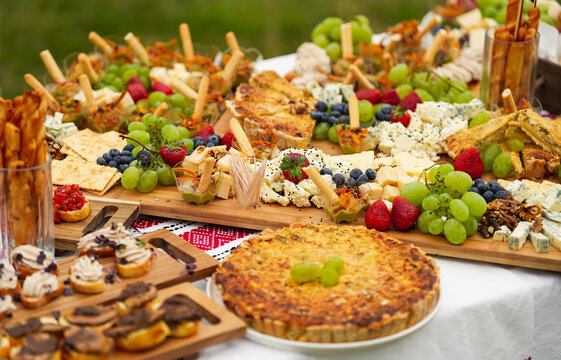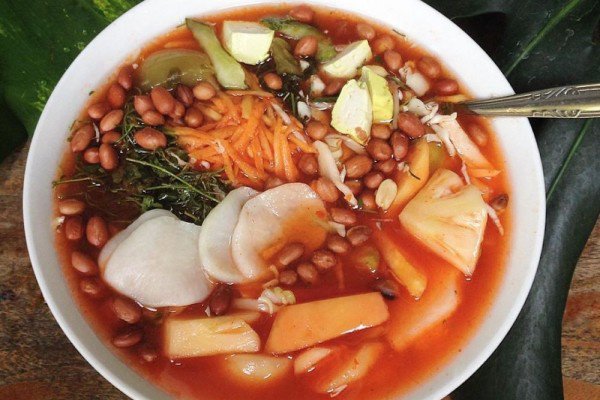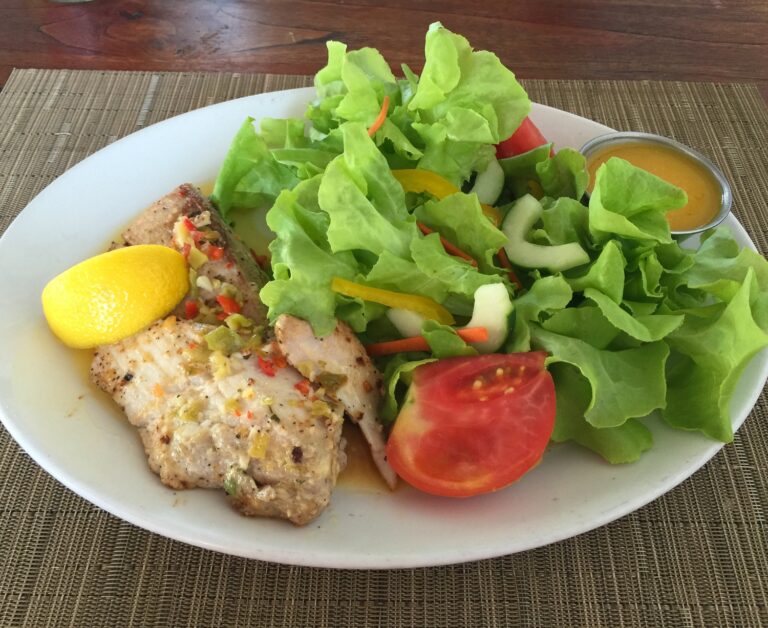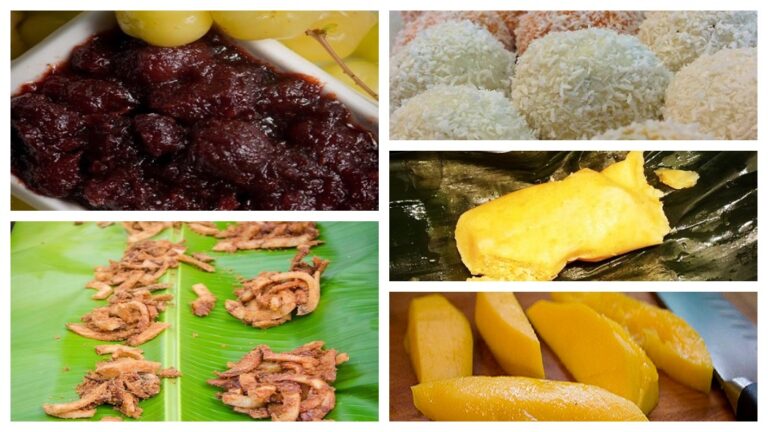Introduction: Romanian Cuisine
Romanian cuisine is a product of its geography and rich history. It is a blend of Romanian, Ottoman, Austro-Hungarian, and Moldovan cuisines, which were influenced by neighboring countries and historical events. Romania is a country known for its hearty, traditional dishes made with fresh ingredients and a range of flavors.
Influences from Neighboring Countries
Romanian cuisine has been heavily influenced by its neighboring countries. Its location in Southeast Europe places it at the crossroads of various culinary traditions. Romania shares its borders with countries such as Hungary, Serbia, Bulgaria, Ukraine, and Moldova. As a result, Romanian cuisine has been influenced by the flavors and ingredients of these nations. For example, the use of paprika in traditional Romanian dishes was introduced by the Hungarians. Similarly, the Bulgarian influence can be seen in the use of yogurt in many Romanian dishes.
Influences from Historical Events
Romanian cuisine has also been shaped by historical events. The country has experienced a turbulent past, with various empires and powers ruling over it over the years. These events have had a significant impact on Romanian cuisine. The Ottoman Empire ruled over Romania for many years, and their influence can be seen in the use of spices such as cinnamon, cloves, and cumin in Romanian dishes. The Austro-Hungarian Empire also left its mark, with the introduction of dishes such as schnitzel and strudel.
Ottoman Influence on Romanian Cuisine
The Ottoman Empire ruled over Romania for over 500 years, leaving a rich culinary legacy. The Ottomans introduced new spices and ingredients to Romania, which are still used in traditional dishes today. For example, Turkish coffee, baklava, and kebabs are all popular dishes in Romania. The Ottoman influence can also be seen in the use of lamb and beef in traditional Romanian dishes.
Austro-Hungarian Influence on Romanian Cuisine
The Austro-Hungarian Empire ruled over Romania for a brief period, but their influence on Romanian cuisine was significant. They introduced new dishes such as schnitzel and strudel, which are still popular in Romania today. The Austro-Hungarian influence can also be seen in the use of pork in many traditional Romanian dishes. Additionally, they introduced new techniques such as baking, which has become an integral part of Romanian cuisine.
Moldovan Influence on Romanian Cuisine
Moldova is a neighboring country with a shared cultural heritage with Romania. The Moldovan influence on Romanian cuisine can be seen in the use of pickled vegetables, sour cream, and soft cheese in traditional dishes. Moldovan cuisine has also influenced the use of cornmeal in Romanian dishes, which is a staple in Moldovan cuisine.
In conclusion, Romanian cuisine is a unique blend of various culinary traditions, shaped by its geography and rich history. The influences from neighboring countries and historical events have made Romanian cuisine a melting pot of flavors and ingredients. Romanian cuisine is a testament to the country’s rich cultural heritage and is a must-try for anyone visiting Romania.










